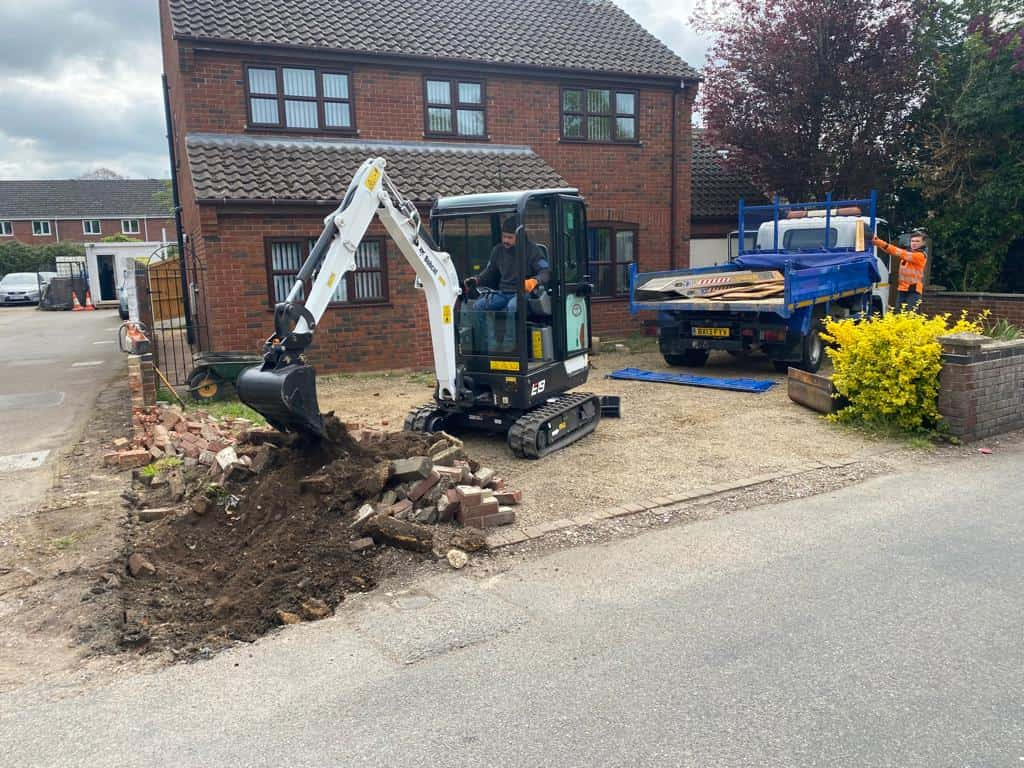Tarmac vs. Concrete: Which Is the Better Choice for Roads?
Introduction: Regarding road construction, two materials often take centre stage: tarmac (asphalt) and concrete. Each has its unique set of advantages and considerations; choosing between them is a significant decision in infrastructure development. In this blog post, we’ll delve into the key factors that help determine whether tarmac or concrete is the better road choice.
1. Cost-effectiveness
Tarmac: Asphalt is generally more cost-effective than concrete for initial construction. It is quicker to install, which can translate to lower labour costs. Additionally, the cost of raw materials for tarmac, like bitumen and aggregate, is often more budget-friendly.
Concrete: Concrete roads tend to have a higher upfront cost due to the complexity of the installation process, including forming and curing. However, they can offer long-term cost savings through reduced maintenance and repair requirements.
2. Durability
Tarmac: Tarmac roads are known for their flexibility, which allows them to withstand freeze-thaw cycles and minor ground movements without significant cracking. However, they are more susceptible to damage from heavy loads and oil or fuel spills.
Concrete: Concrete roads are durable and can last significantly longer than tarmac. They are less prone to rutting, cracking, and damage from chemicals. This durability can result in fewer repairs over the lifespan of the road.
3. Maintenance
Tarmac: Asphalt roads require more frequent maintenance. Periodic sealing and resurfacing are necessary to prevent cracks and potholes from forming. Regular maintenance is essential to extend the life of tarmac roads.
Concrete: Concrete roads have lower maintenance needs. They are less prone to cracking, and repairs are often localised, involving the replacement of individual slabs rather than extensive resurfacing. This reduces maintenance costs and traffic disruptions.
4. Environmental Impact
Tarmac: Tarmac roads are more eco-friendly during construction due to lower energy requirements and greenhouse gas emissions. Additionally, tarmac can be recycled and reused, reducing the environmental impact.
Concrete: Concrete production is more energy-intensive and emits more carbon dioxide (CO2) than tarmac. However, concrete roads’ longer lifespan can offset their higher initial environmental impact.
5. Noise Reduction
Tarmac: Asphalt surfaces are quieter than concrete, making them preferable in urban areas where noise pollution is a concern. The flexible nature of tarmac helps absorb sound, reducing road noise.
Concrete: Concrete roads generate more noise from vehicle tires, which can be a drawback in densely populated areas.
Conclusion: The choice between tarmac and concrete for road construction depends on various factors, including budget, expected traffic loads, maintenance capabilities, and environmental concerns.
In summary, tarmac is often preferred for its cost-effectiveness, flexibility, and noise-reduction properties. Concrete excels in durability and long-term cost savings but comes with a higher upfront cost.
Ultimately, the decision should be made based on the specific needs and circumstances of the road project. Both materials have their place in modern infrastructure development, and choosing the right one can lead to safe, reliable, and long-lasting roadways.
Call us on: 01502 447 997
Click here to find out more about Lowestoft Driveway Solutions
Click here to complete our contact form and see how we can help with your driveway needs.

